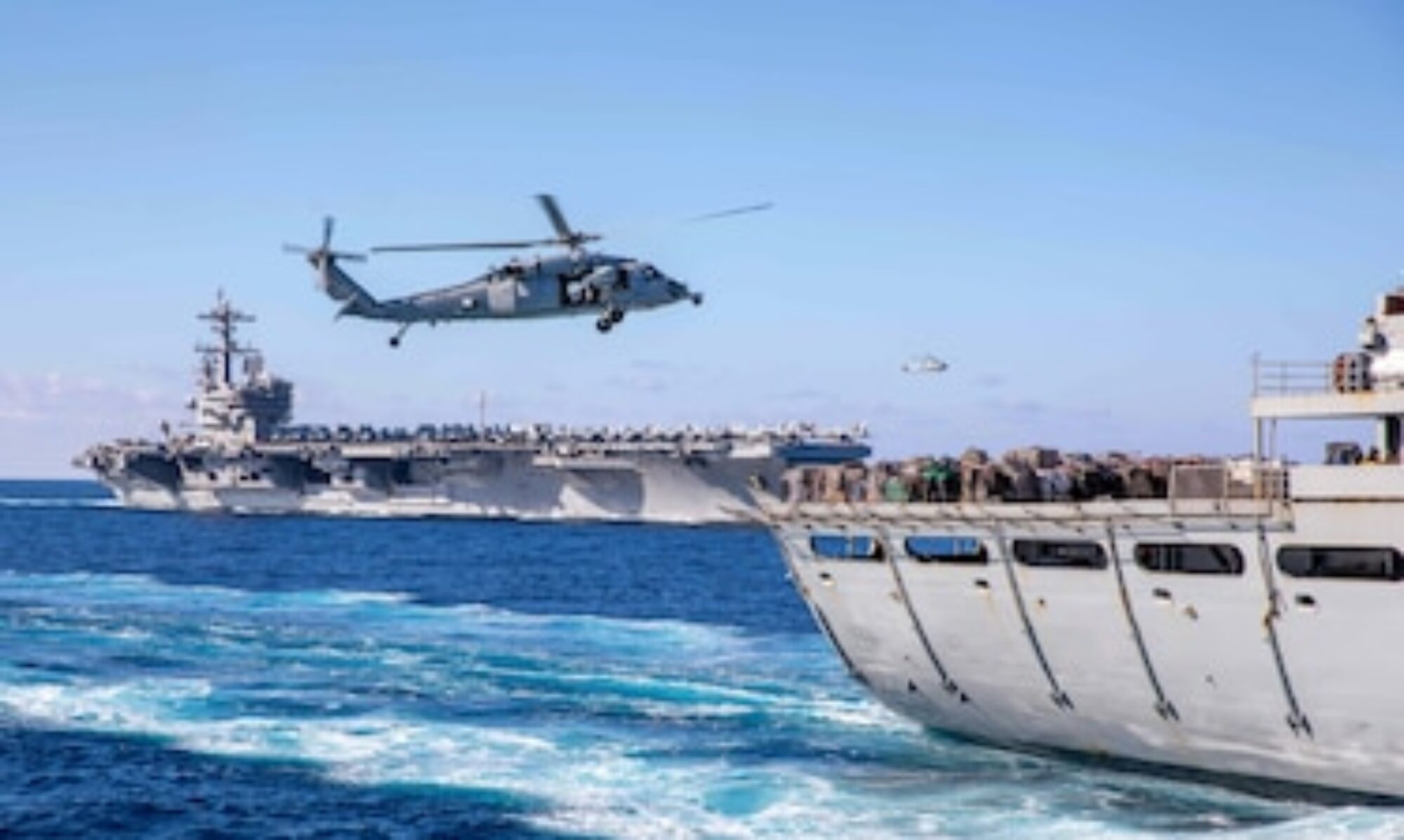Life on an Aircraft Carrier: Then and Now
An aircraft carrier is a massive warship designed to support military aircraft operations. It serves as a mobile airbase, allowing aircraft to take off and land from its deck. Life on an aircraft carrier is a unique and challenging experience that has evolved significantly over the years. In this article, we will explore the differences between life on an aircraft carrier then and now.
Then: A World of Challenges
In the past, aircraft carriers were much smaller and less technologically advanced than they are today. Crew members had to work harder to maintain the ships, and the living conditions were often cramped and uncomfortable. The ships had fewer amenities available, and communication with loved ones back home was limited to letters and the occasional phone call.
Despite these challenges, life on an aircraft carrier was filled with excitement and camaraderie. Crew members formed close bonds with one another, working together to carry out important missions and operations. The thrill of launching and recovering aircraft from the deck of the ship was a unique and exhilarating experience that few people have ever had the chance to enjoy.
Now: Advancements in Technology
Today, life on an aircraft carrier has changed significantly thanks to advancements in technology and modernization efforts. The ships are much larger and more capable, and the living quarters are much more comfortable and spacious. Crew members have access to a wide range of amenities, including gyms, internet cafes, and even movie theaters. Communication with loved ones back home is also much easier, with email and video chat being available.
Despite these changes, the sense of camaraderie and teamwork that exists on an aircraft carrier remains just as strong as ever. Crew members still work closely together to carry out important missions, and the excitement of launching and recovering aircraft from the deck of the ship is just as thrilling as it ever was.
Conclusion
In conclusion, life on an aircraft carrier has evolved significantly over the years, but the sense of pride and camaraderie that comes with serving on one remains just as strong. Whether then or now, being part of the crew on an aircraft carrier is a unique and rewarding experience that few people will ever have the chance to enjoy.
Serving on an aircraft carrier requires discipline, hard work, and dedication, but it can also be one of the most fulfilling experiences of a lifetime. The challenges of life on an aircraft carrier are many, but the rewards are immeasurable. Whether you serve on an aircraft carrier now or in the future, you will be part of a long and proud tradition of service to your country.
Designations
U.S. Navy aircraft carriers intended to operate with the main fleet were numbered in the “CV” series, which was originated as part of the cruiser (“C”) group of designations. During and after World War II, ships in the CV series were frequently given modified designations, including CVA (attack aircraft carrier), CVAN (nuclear-powered attack aircraft carrier), CVB (large aircraft carrier), CVL (small aircraft carrier), CVN (nuclear-powered aircraft carrier), CVS (anti-submarine warfare support aircraft carrier) and CVT (training aircraft carrier). All of these expanded designations were numbered in the original CV series.
World War II also generated a separate number series for aircraft carriers that were intended for auxiliary purposes such as escorting convoys, transporting aircraft and other missions which did not require the high speed of the CV series ships. Originally called Aircraft Escort Vessels (AVG), then Auxiliary Aircraft Carriers (ACV), they were finally termed Escort Aircraft Carriers (CVE). During the mid-1950s, many CVEs were redesignated as Escort Helicopter Aircraft Carriers (CVHE) and Utility Aircraft Carriers (CVU). These retained their original CVE series numbers.
Types
Aircraft cruiser
Amphibious assault ship and sub-types
Anti-submarine warfare carrier
Balloon carrier and balloon tenders
Escort carrier
Fleet carrier
Flight deck cruiser
Helicopter carrier
Light aircraft carrier
Sea Control Ship
Seaplane tender and seaplane carriers

